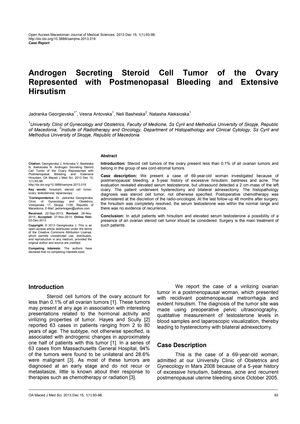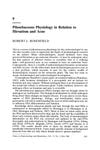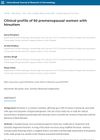Androgen Secreting Steroid Cell Tumor of the Ovary Presented with Postmenopausal Bleeding and Extensive Hirsutism
December 2013
in “
Macedonian Journal of Medical Sciences
”

TLDR Ovarian steroid cell tumors should be considered in adults with hirsutism and high testosterone, with surgery as the main treatment.
A 69-year-old woman with postmenopausal bleeding, a 5-year history of excessive hirsutism, baldness, and acne was found to have a 2 cm mass in her left ovary and elevated serum testosterone. She underwent hysterectomy and bilateral adnexectomy, and was diagnosed with a steroid cell tumor. Postoperative chemotherapy was given, and 48 months post-surgery, her hirsutism resolved, serum testosterone normalized, and there was no recurrence. The study concluded that ovarian steroid cell tumors should be considered in adults with hirsutism and elevated serum testosterone, with surgery being the primary treatment.



